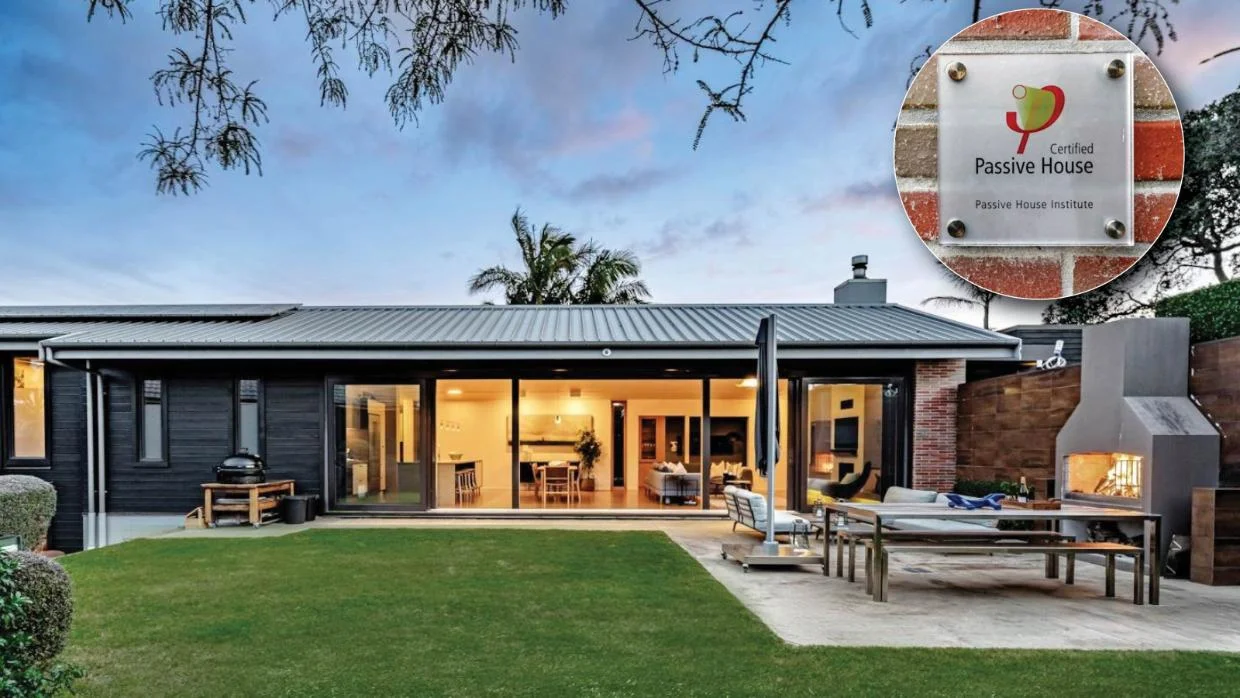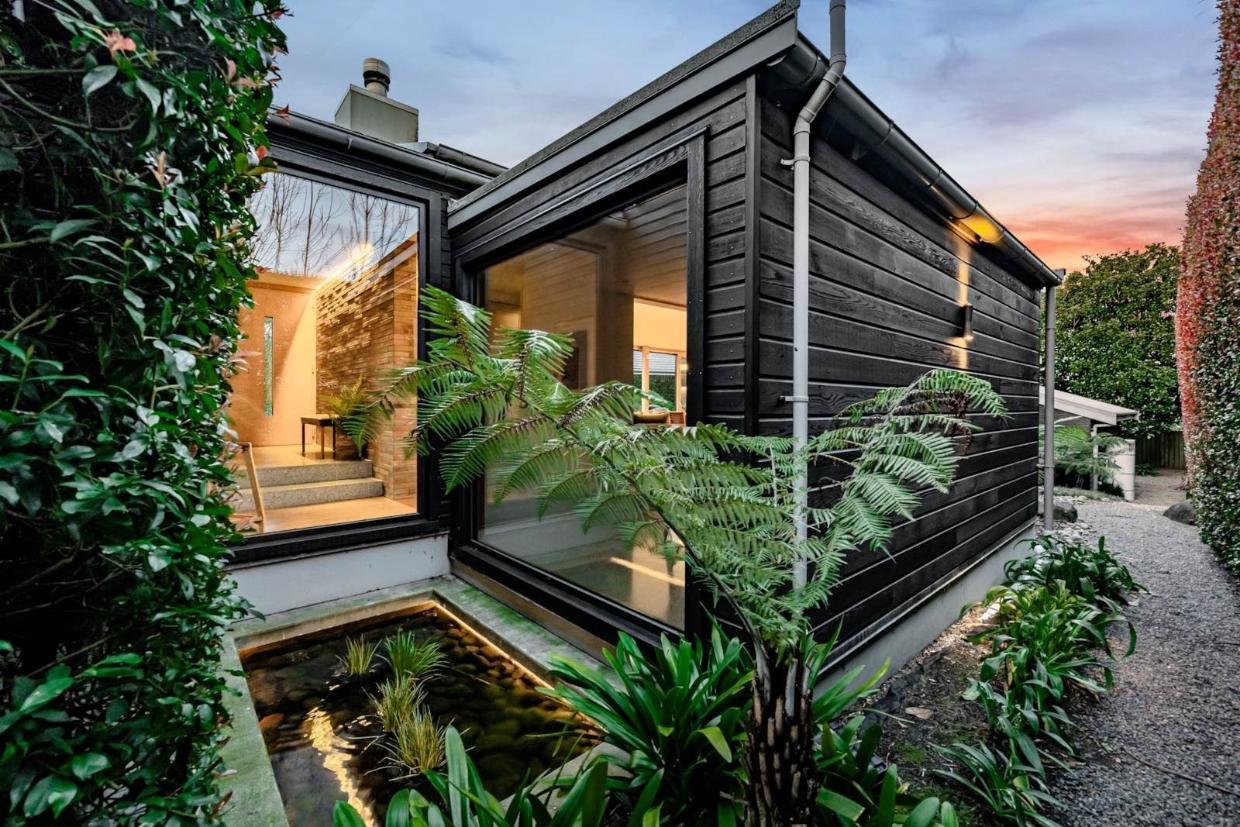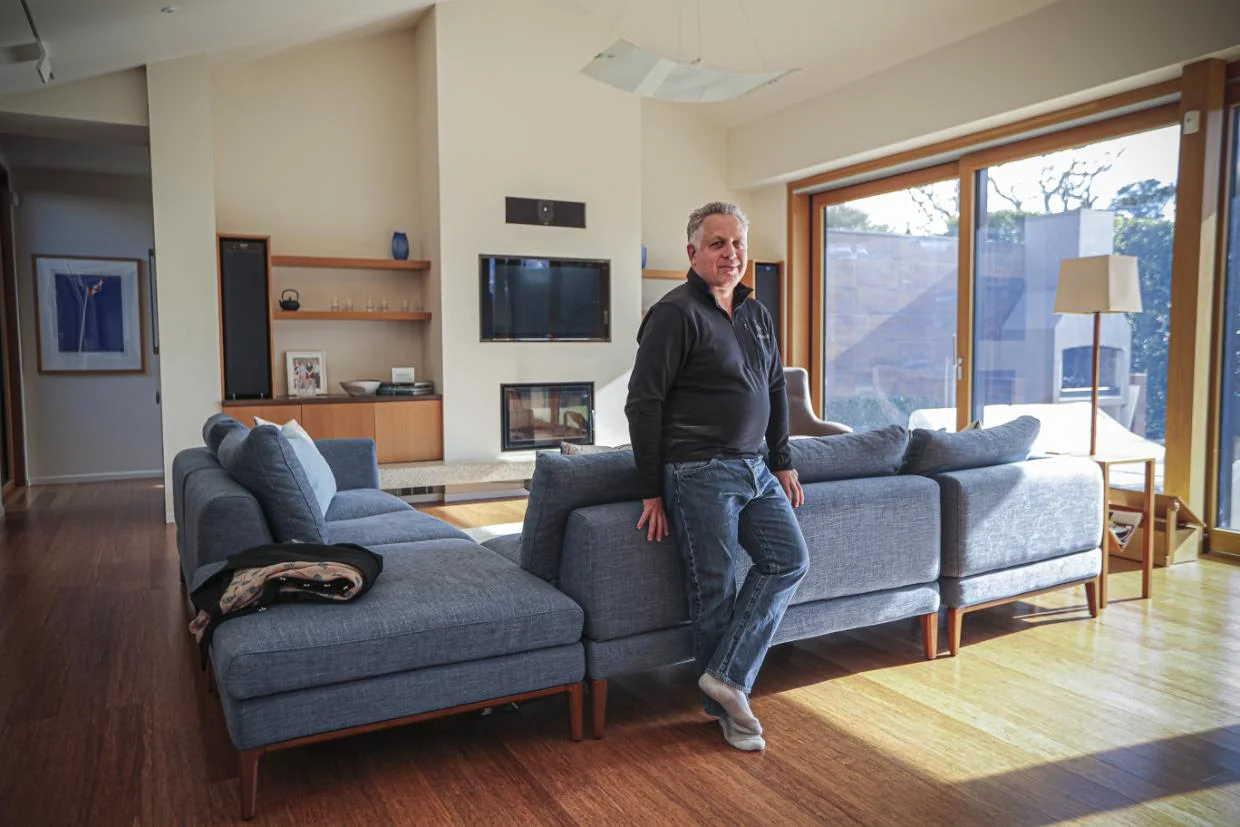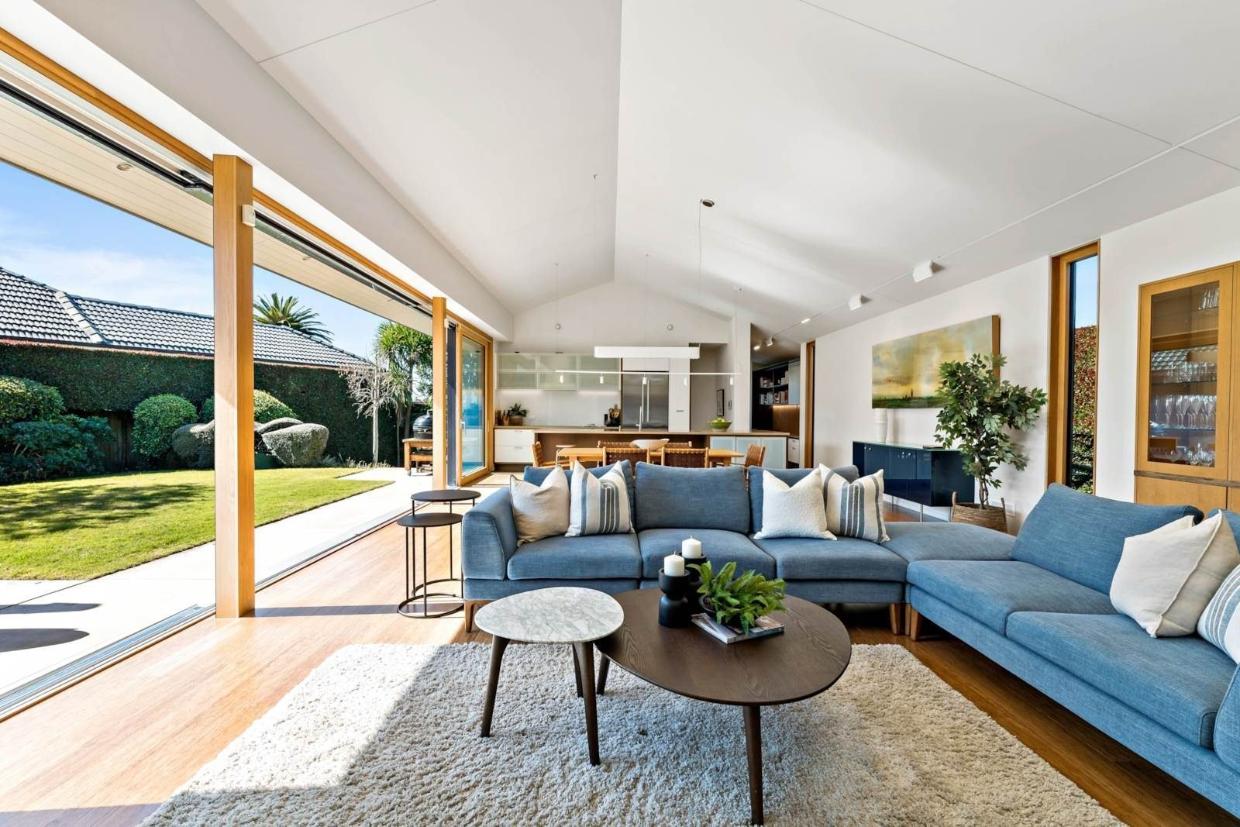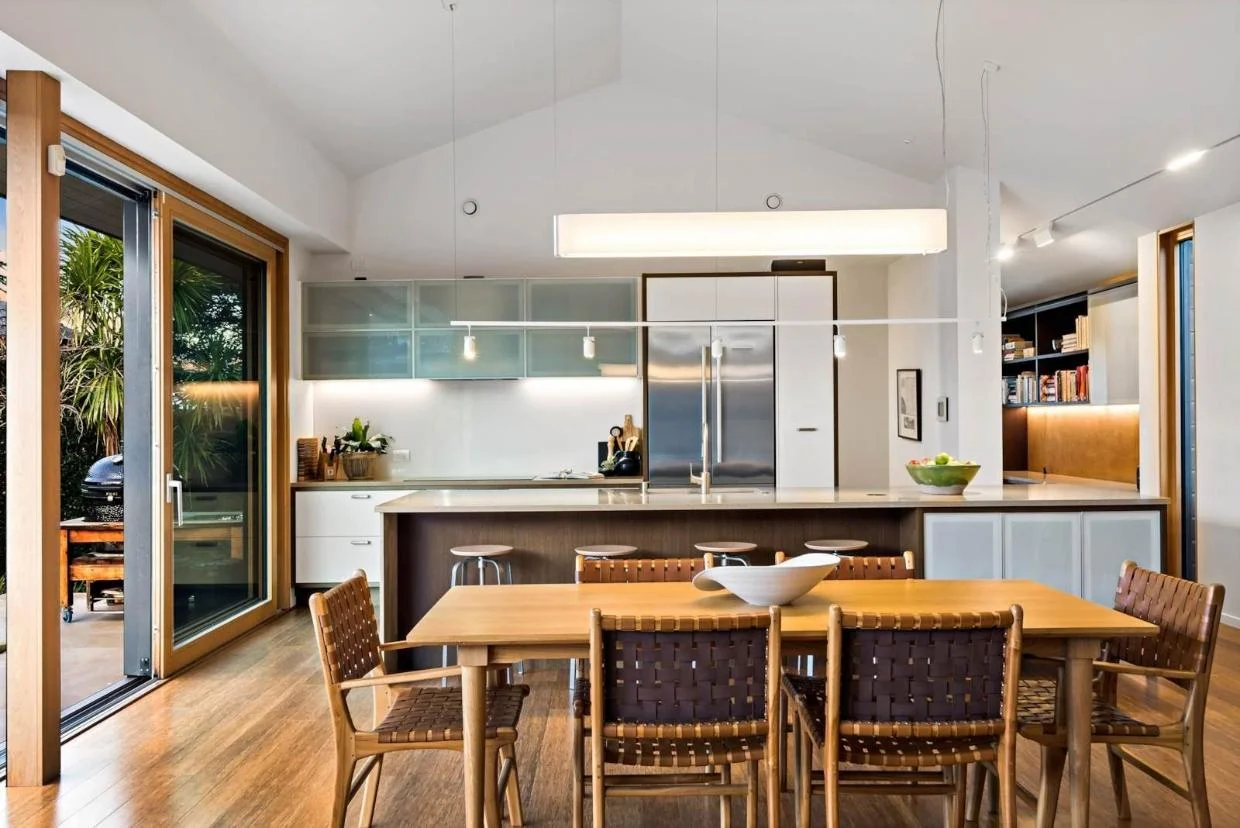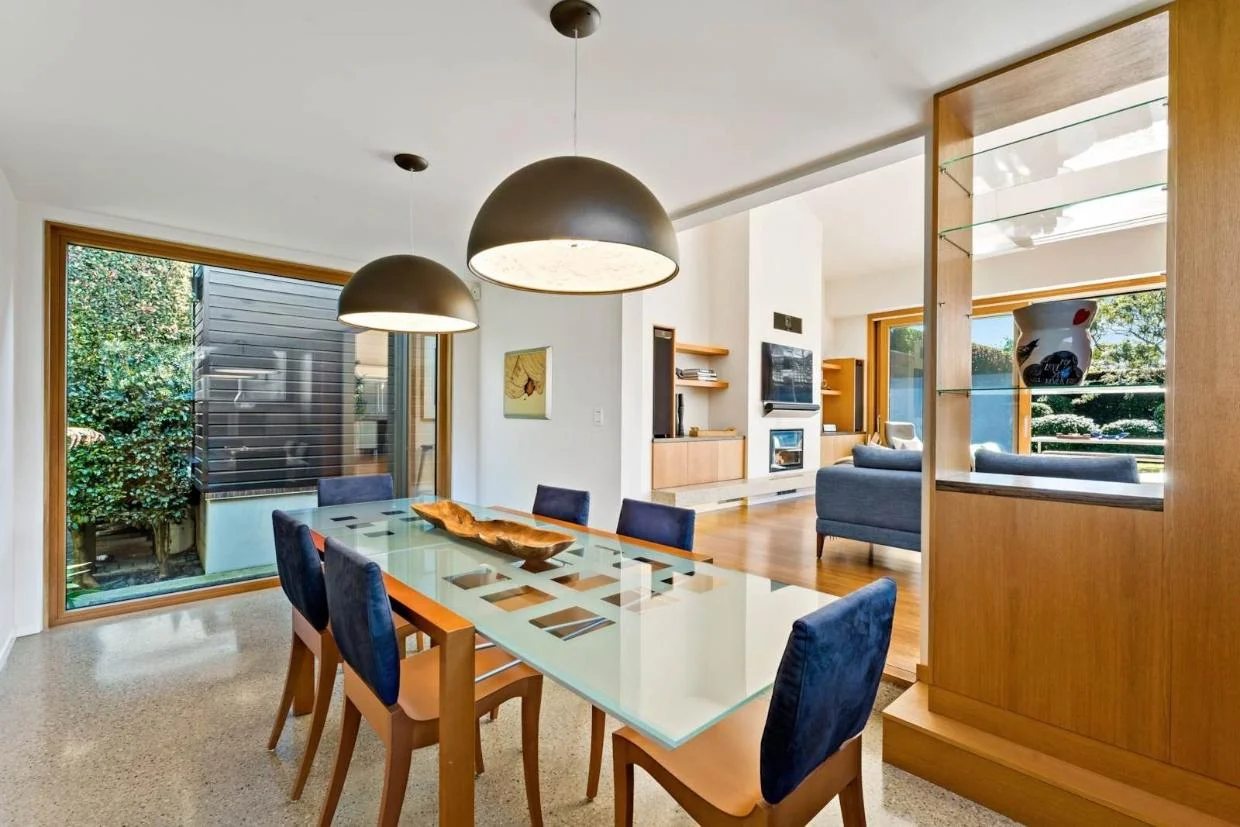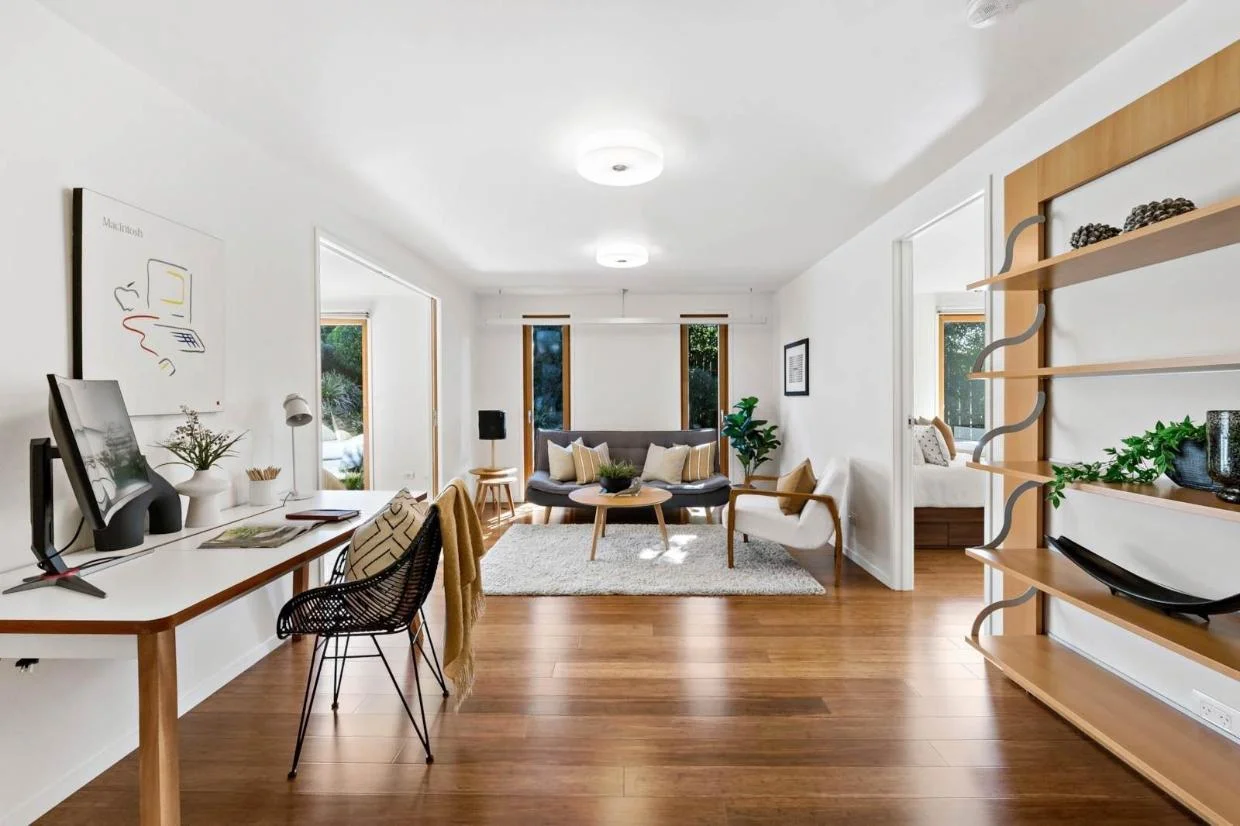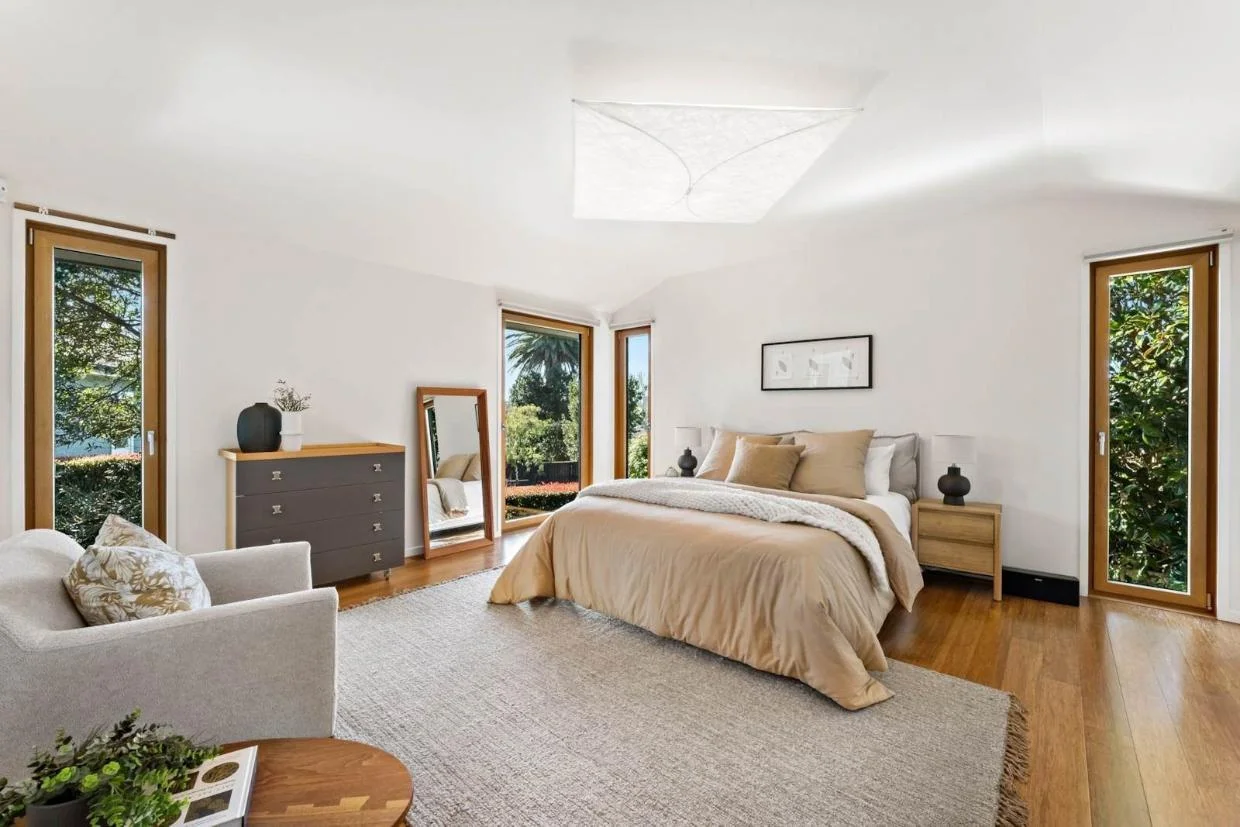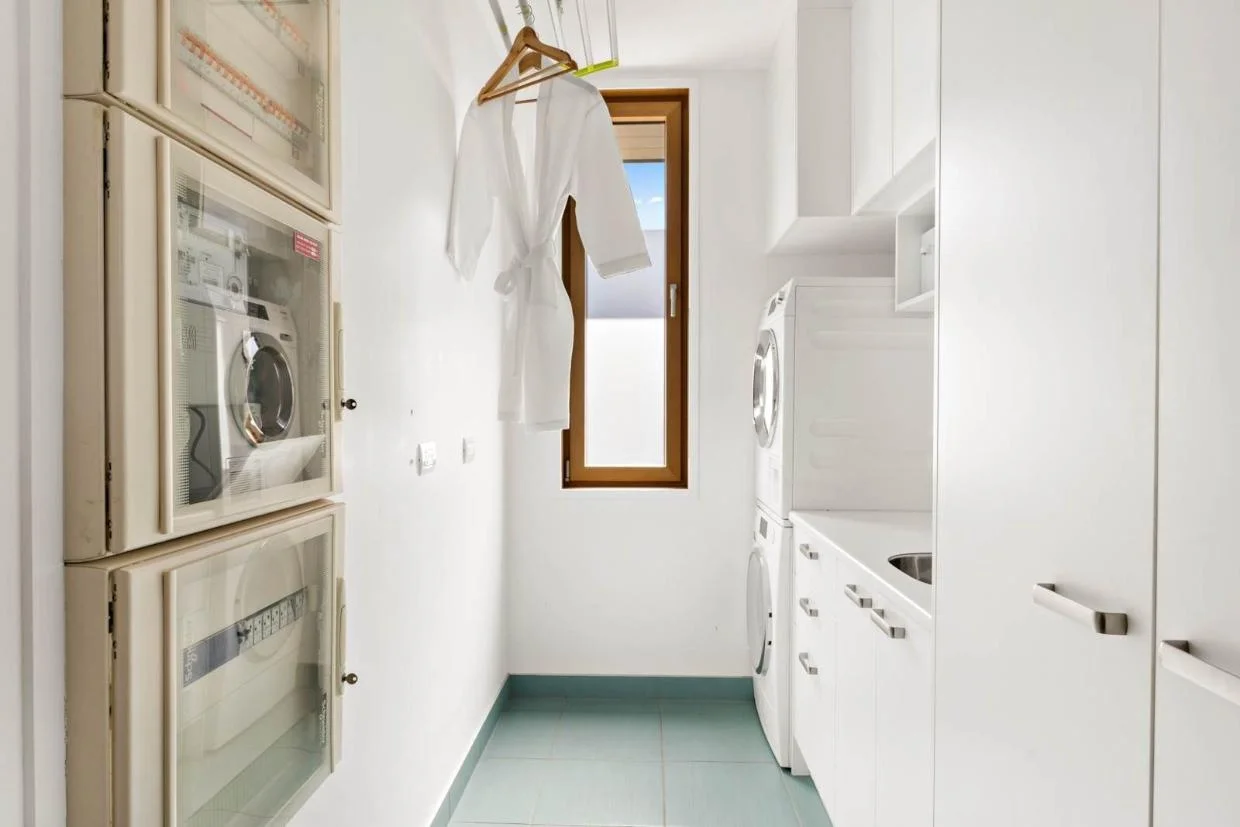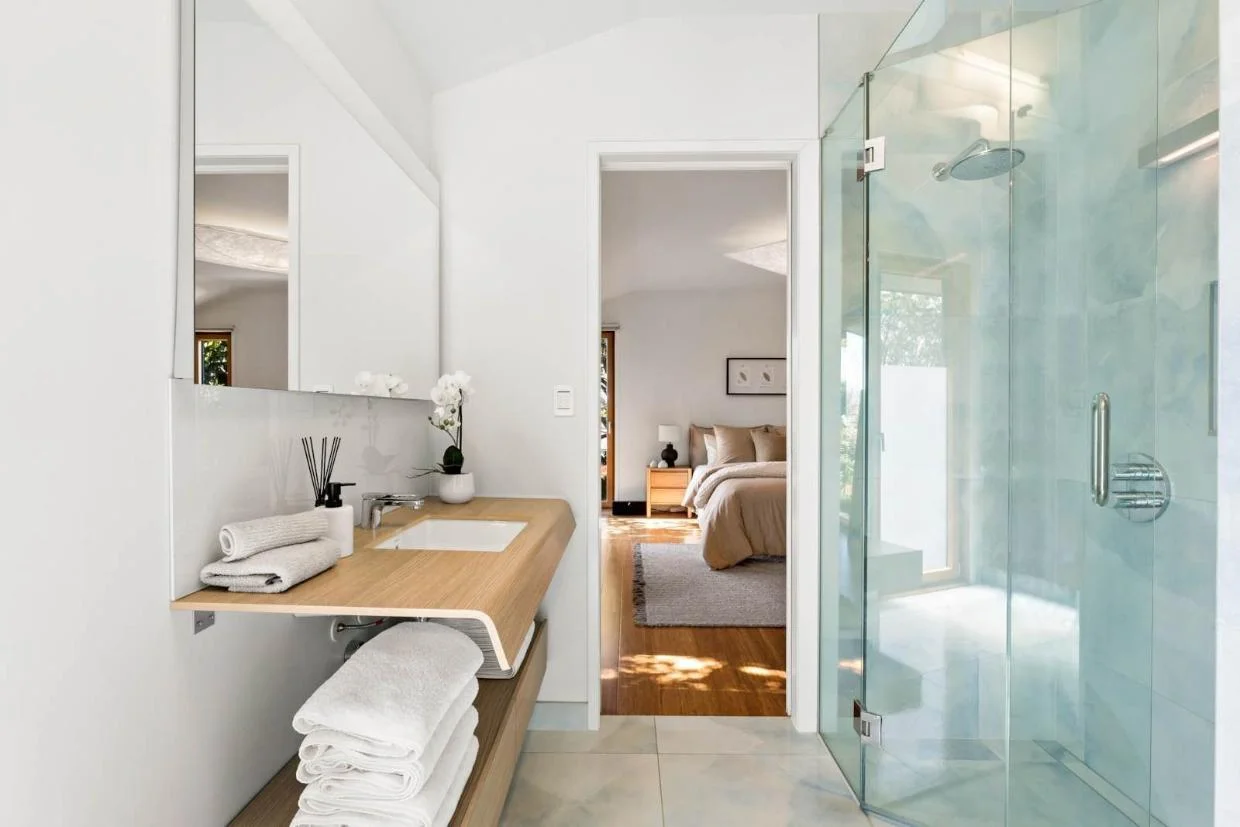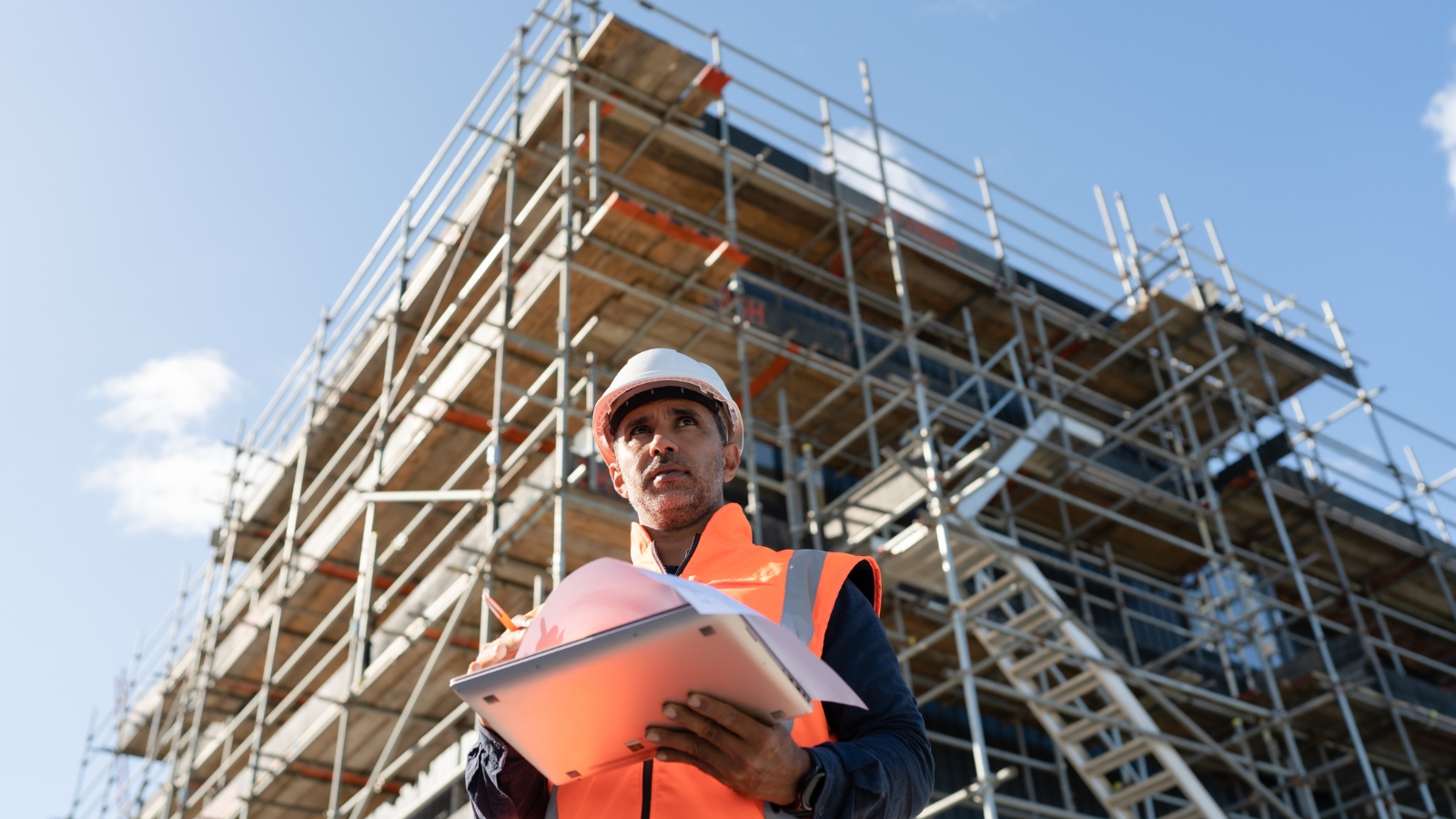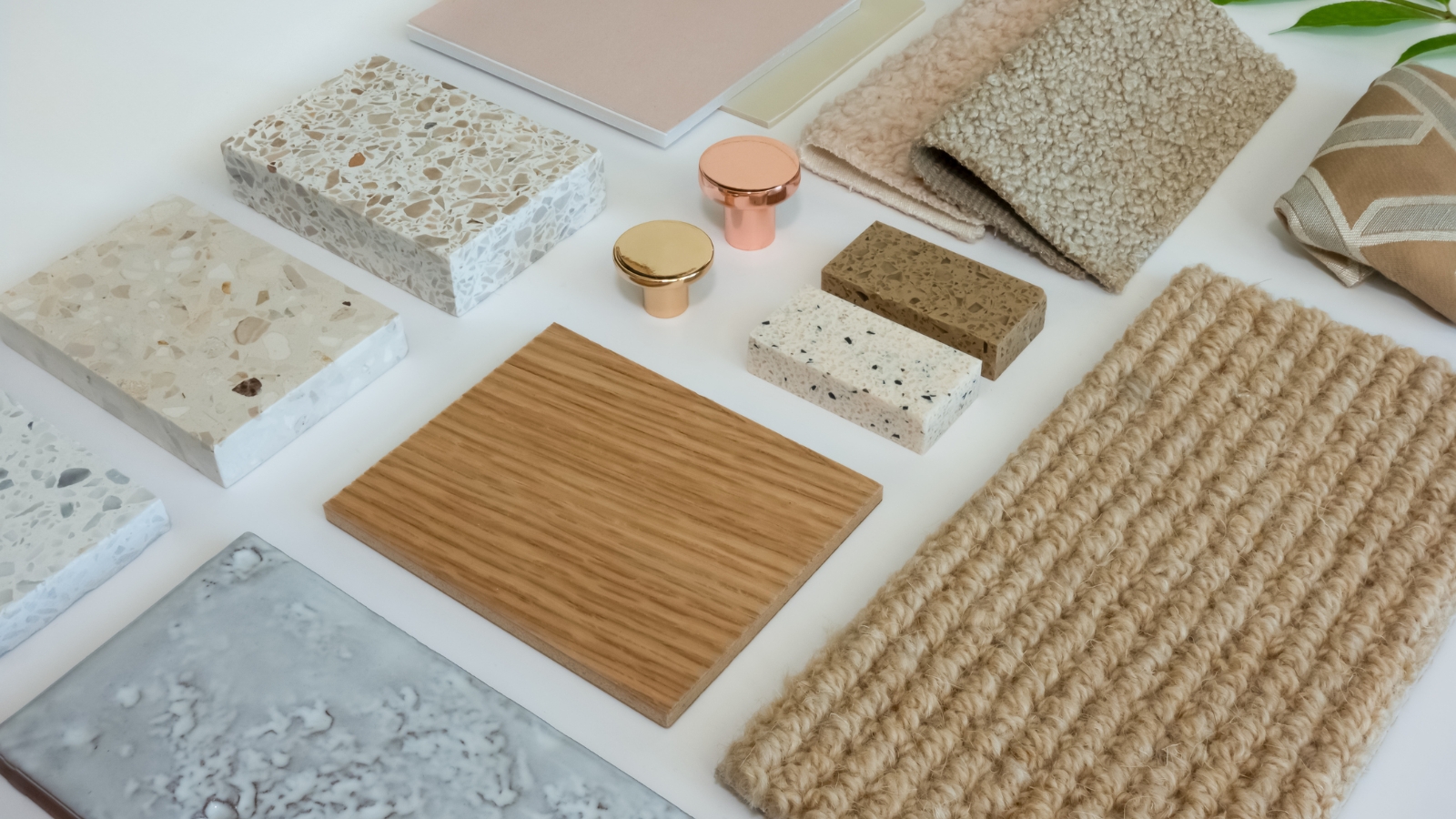Discover
Watch your energy costs plummet - first Passive House listed for sale
The Southern Hemisphere’s first fully certified Passive House hits the market in Auckland.

Back in 2019, Stuff visited the family that commissioned the Southern Hemisphere’s first fully certified Passive House, and we got a first-hand look at just how special it is.
And one of the most impressive aspects was the way owner Philip Ivanier showed us how at 7:34am on a Sunday morning the temperature in Glendowie, Auckland was a mere 5deg C, yet it was a balmy 20deg inside the house - with no heaters running.
It’s something you get used to, clearly. Ivanier says “the kids hated having sleepovers at friends’ houses because it was always cold, and they were used to running around the house in T-shirts”.
This is a house that will remain in the record books, being the first certified Passive House in the entire Southern Hemisphere. The Glendowie home has been listed for the first time as the owners want to do it all again on a new site.
And that steadfast temperature is all down to the Passive House construction. This provides ultra-high levels of insulation, including double and triple glazing, and an airtight membrane-wrapped home that’s ventilated by a mechanical heat recovery system.
This all means the house maintains a steady temperature of 20-22deg all year round, with minimal heating required - the family has just spent their 13th winter in short sleeves. The season makes very little difference.
Flashback: Philip Ivanier says the house is warmed by the sun and also by people living in the house. (He put the sweater on to go outside.)
The heat within the house comes from the sun during the day, and also from the people inside, and their various activities that generate warmth. And because the house is airtight, it’s quiet inside, Close the door and all sound outside drops right away.
And there’s another plus to the system - there’s never any condensation or mould. "The air is completely recirculated six times an hour, and we have never had even one tiny speck of mould or mildew anywhere in the house, so it is also a lot healthier," says Ivanier.
He and his wife Carolyn have become so accustomed to the benefits of Passive House Living, they wouldn’t live any other way. They are only are selling because the children have left home and they are downsizing, but it will be another Passive House.
While the house is wrapped with an (invisible) airtight membrane, doors and windows can be opened as desired.
Warmth from the people living in the house and activities such as cooking and bathing all help to raise the temperature inside the house.
But what prompted the idea of building the first Passive House in New Zealand in the first place?
Ivanier told us Carolyn grew up in Canada where, despite the freezing cold winters, they were reasonably comfortable in their homes due to central heating.
“We soon found out that wasn’t the case in Kiwi homes,” he said.
"I admit it was somewhat scary at the start [13 years ago]. We thought we were taking lots of risks, as there were very few tradespeople who knew how to build such a house; today it is much more common."
The house covers 323m² and, if it weren’t for the Passive House credentials, would be relatively expensive to keep it at an even temperature.
Large house, low energy costs
Their house was built by renowned builder Chris Foley to a very high architectural specification; the family wanted a home that would be warm, welcoming, comfortable and enduring.
And it’s not small, at 323m², with high-quality timbers, including bamboo flooring flowing throughout. All up, there are four bedrooms, two bathrooms and two living areas, including an open-plan family living room and kitchen. There are automated blinds and a complete home automation system as well.
This area upstairs could be a second living area, study space or both.
Another of the key advantages of a Passive House is the absence of condensation and mould. Because the house is so well sealed, and fresh air circulated six times an hour, there is no opportunity for these to occur.
Ivanier estimates the cost of the build was 15% higher than it would have been if it was not a Passive House. The extra cost was incurred by making the house airtight and providing the ventilation system. (Many people simply make their home a little smaller to make up for this.)
And then there’s the reduced energy costs - these are a fraction of the norm in a non-Passive House. The Ivaniers say their winter energy bills are no more than in the summer. They spend around $120 a month, and that includes charging three EV cars and using a clothes dryer.
But they do have solar panels to supplement their electricity use, and a hot water heat pump.
The heat recovery system is found within the laundry.
Contemporary design features throughout the house.
This house will always have the kudos of being the first in the Southern Hemisphere - like all certified Passive Houses, there’s a plaque on the wall outside. But Jonathan Viljoen of Barfoot and Thompson, who holds the listing with Jeremy Coburn, says the house is appealing to viewers for other reasons also.
It’s well situated for the sun on a massive 999m² section with beautifully landscaped grounds for outdoor living. There’s also an outdoor fireplace and a spa pool.
The property, at 15 Kesteven Avenue, Glendowie, Auckland will be auctioned on September 24, 2025. Viljoen says there is nothing comparable on the market, and the only way to determine the value is with an auction.
Cotality puts the median value of properties in Glendowie at $2,004,039.
To see more of this impressive home, check out Trade Me Property.
Author
Other articles you might like
